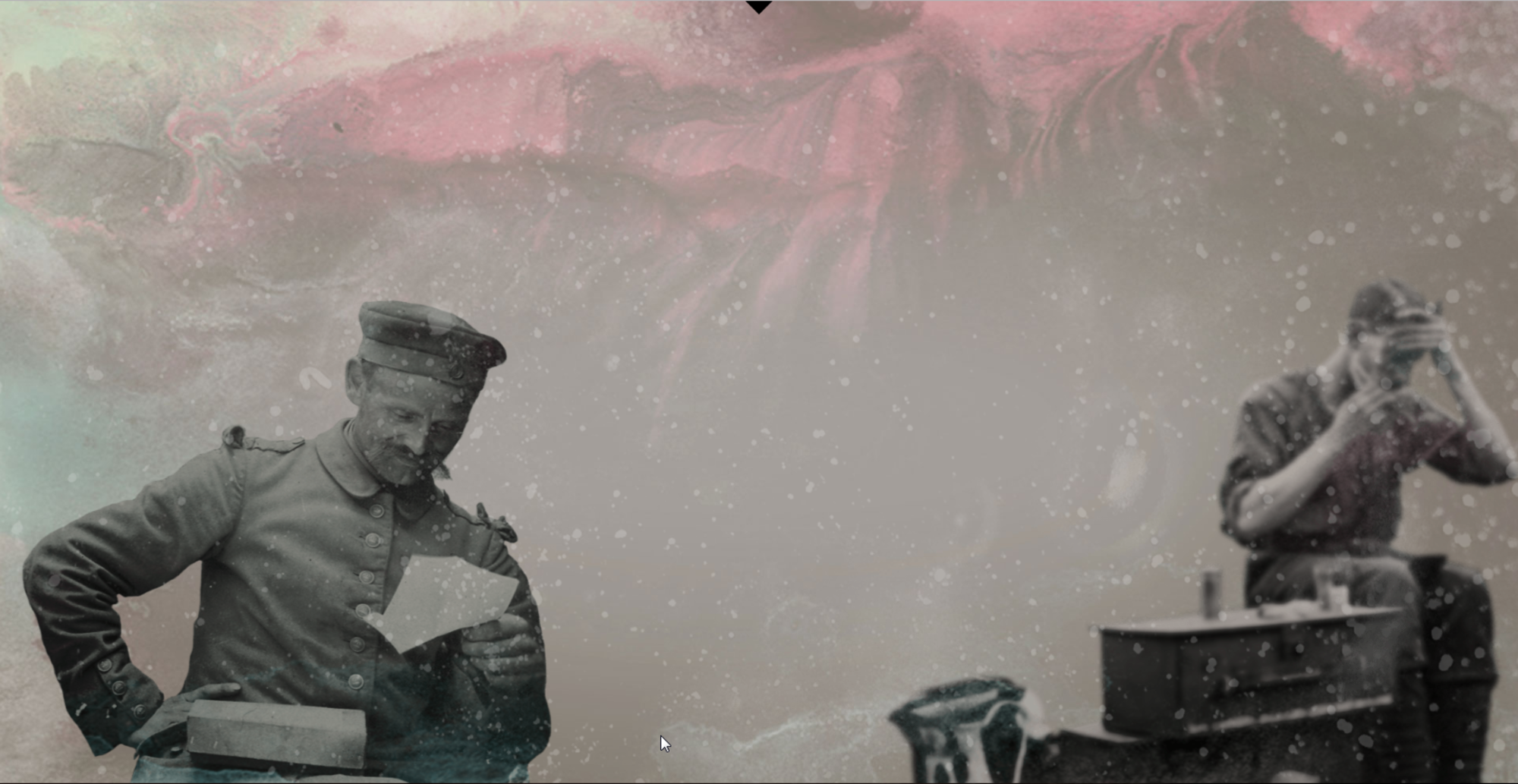
- Home
- Day-to-day life
- Supplies and equipment
From the very outset of the war, troop numbers on the Western Front alone exceeded 4 million. Europe had never before seen military mobilisation on this scale, nor devoted such resources to equipping and supplying such a large number of soldiers. Once the front line had been stabilised and the warring parties had settled into their networks of trenches, an enormous logistical system was put in place to supply the needs of a warzone which demanded ever more men, munitions and supplies of all kinds. On either side of the front line staging areas were created, zones occupied by logistical warehouses, new railway lines, barracks for troops at rest or in training, hospitals and all of the other infrastructure resources required to maintain an army in the field. Abandoned after the war, these forgotten facilities are often unearthed by archaeological surveys, sometimes several dozen miles behind the front line and in the most unexpected locations. Examples include the American camp and French regulating station in northern Burgundy, some 125 miles south of Verdun, and the workshops where the British performed preparation and maintenance work on their tanks, 30 miles west of Arras. Excavating such sites can turn up new information on the everyday lives of soldiers behind the front lines, or else provide precious clues as to the logistical arrangements in place, an aspect of the war which has been almost totally lost to posterity.





